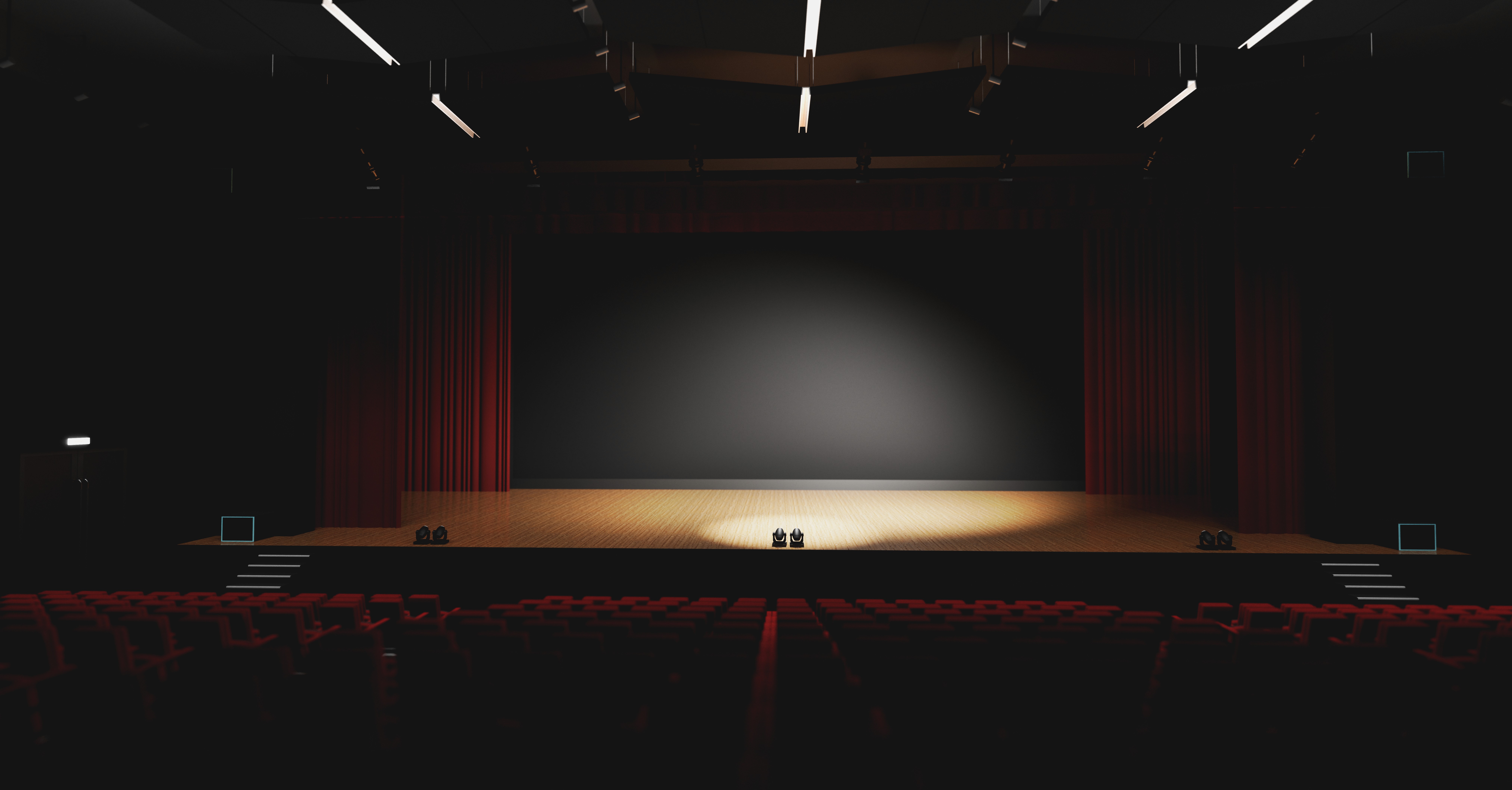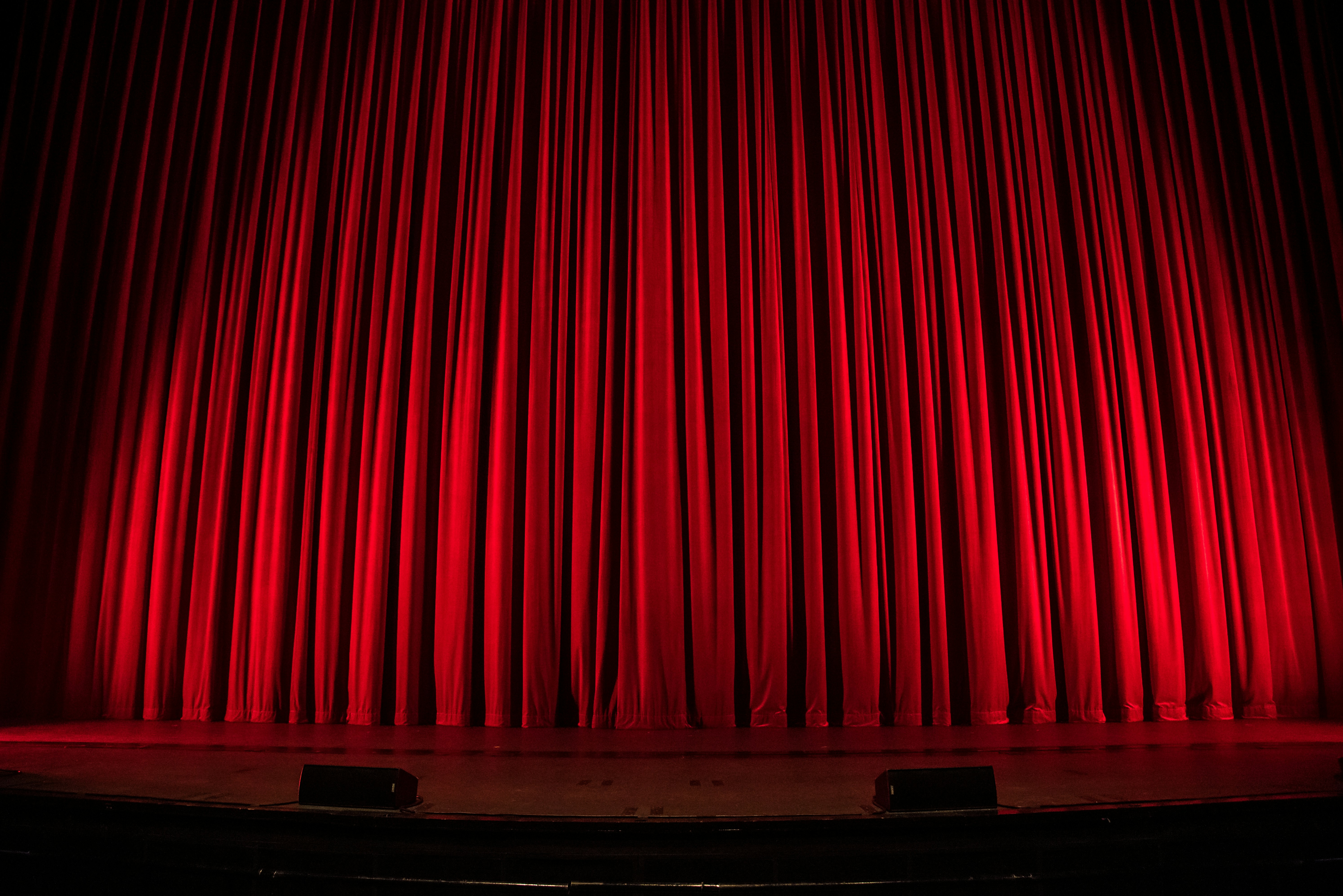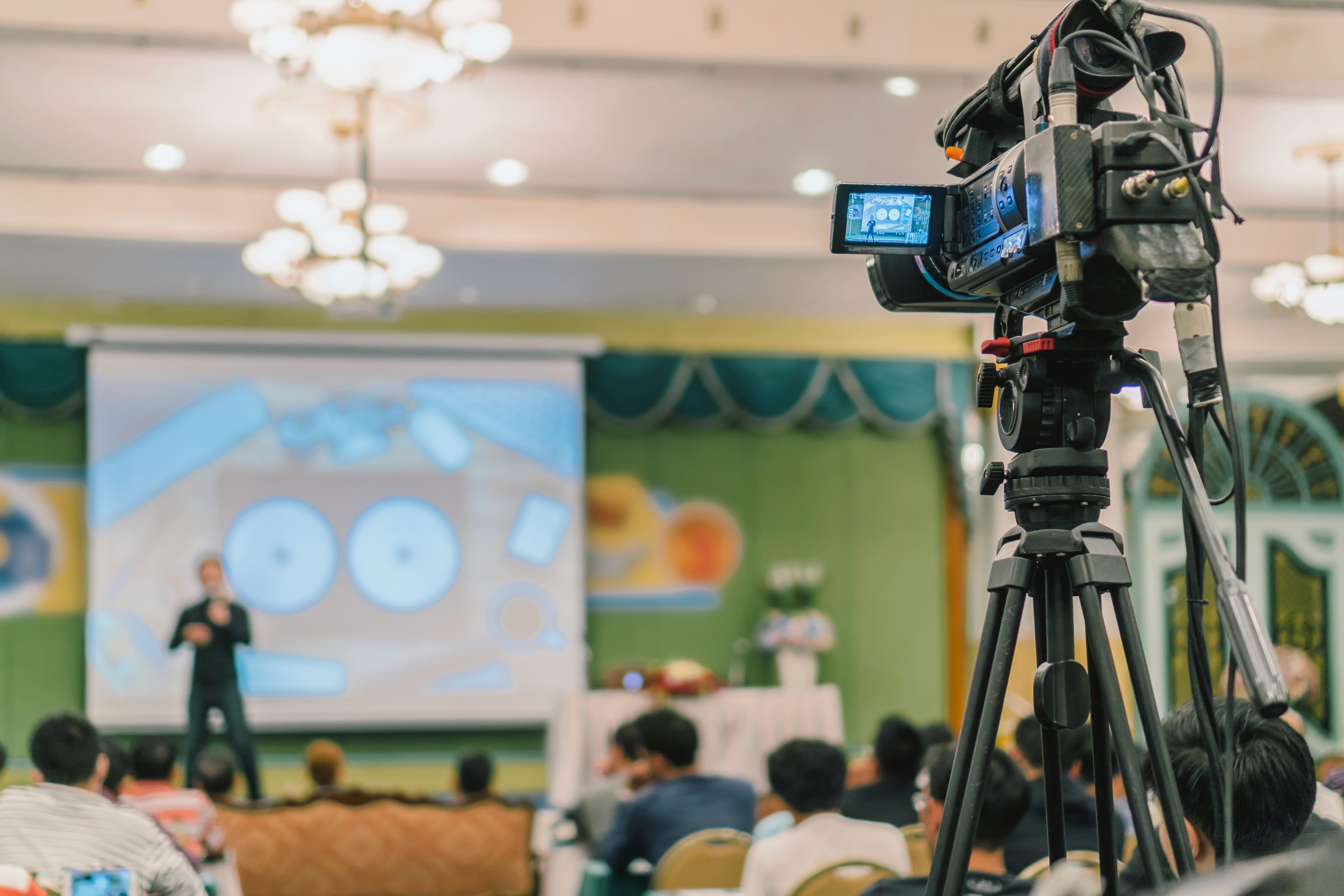House Lights
Definition:
"House lights" refer to the lights used to illuminate the audience area in a theatre. They are distinct from stage lighting and are typically controlled separately to manage the lighting environment before, during, and after a performance.
Detailed Explanation:
House lights are essential for ensuring the safety and comfort of the audience in a theatre. They illuminate the seating areas, aisles, and exits, allowing audience members to find their seats, move around safely, and read programs or playbills before the performance begins. House lights are usually dimmed or turned off during the performance to focus attention on the stage and then brought back up during intermissions and after the show.
House lights can be controlled through a central lighting control system, often integrated with the overall lighting design of the theatre. Modern theatres may use dimmable LED house lights, which offer energy efficiency and the ability to adjust the lighting levels smoothly. The design and placement of house lights are carefully planned to provide even illumination without causing glare or shadows.
Key Elements of House Lights:
Fixtures:
The actual light sources, which can include recessed lights, chandeliers, wall sconces, and LED strips, positioned to provide comprehensive coverage of the audience area.
Dimmers:
Devices that control the brightness of the house lights, allowing for smooth transitions from full illumination to darkness.
Control System:
A centralized system that manages the operation of house lights, often integrated with the theatre’s overall lighting control system.
Emergency Lighting:
Backup lighting that ensures safety during power outages or emergencies, typically remaining on or automatically activating when house lights are off.
Advantages of Well-Designed House Lights:
Safety:
Proper illumination ensures that audience members can navigate the theatre safely, reducing the risk of trips and falls.
Comfort:
Good lighting enhances the comfort of the audience, allowing them to see clearly and adjust to the theatre environment before the show starts.
Atmosphere:
The ability to dim and control house lights helps set the mood and transition smoothly into the performance.
Challenges in Designing House Lights:
Glare Reduction:
Avoiding glare and shadows is crucial to prevent discomfort and ensure even illumination.
Energy Efficiency:
Balancing the need for bright, effective lighting with energy efficiency and sustainability considerations.
Integration with Stage Lighting:
Ensuring that house lights complement and do not interfere with the stage lighting design.
Uses in Performance:
Pre-Show and Intermissions:
House lights are used to illuminate the audience area before the show starts and during intermissions, allowing for safe movement and comfortable seating.
Post-Show:
After the performance, house lights are brought up to enable the audience to exit safely and easily.
Special Events:
During special events or non-performance times, house lights may be used to illuminate the space for other activities, such as lectures, meetings, or receptions.
Design Considerations:
When designing house lights, several factors must be considered to ensure they provide effective and comfortable illumination:
Placement:
Lights should be strategically placed to cover all seating areas and aisles without creating shadows or dark spots.
Dimming Capability:
The ability to smoothly dim lights is essential for transitioning from pre-show to performance and back.
Emergency Lighting:
Ensure that emergency lighting is in place and meets safety regulations, providing illumination in case of power outages.
Conclusion:
House lights play a crucial role in theatre, providing essential illumination for the audience area. By ensuring safety, comfort, and the right atmosphere, well-designed house lights enhance the overall theatre experience. Despite challenges such as glare reduction, energy efficiency, and integration with stage lighting, the benefits of effective house lights are clear. With careful placement, dimming capabilities, and consideration of emergency lighting, house lights can significantly contribute to the success and enjoyment of any theatrical performance.


